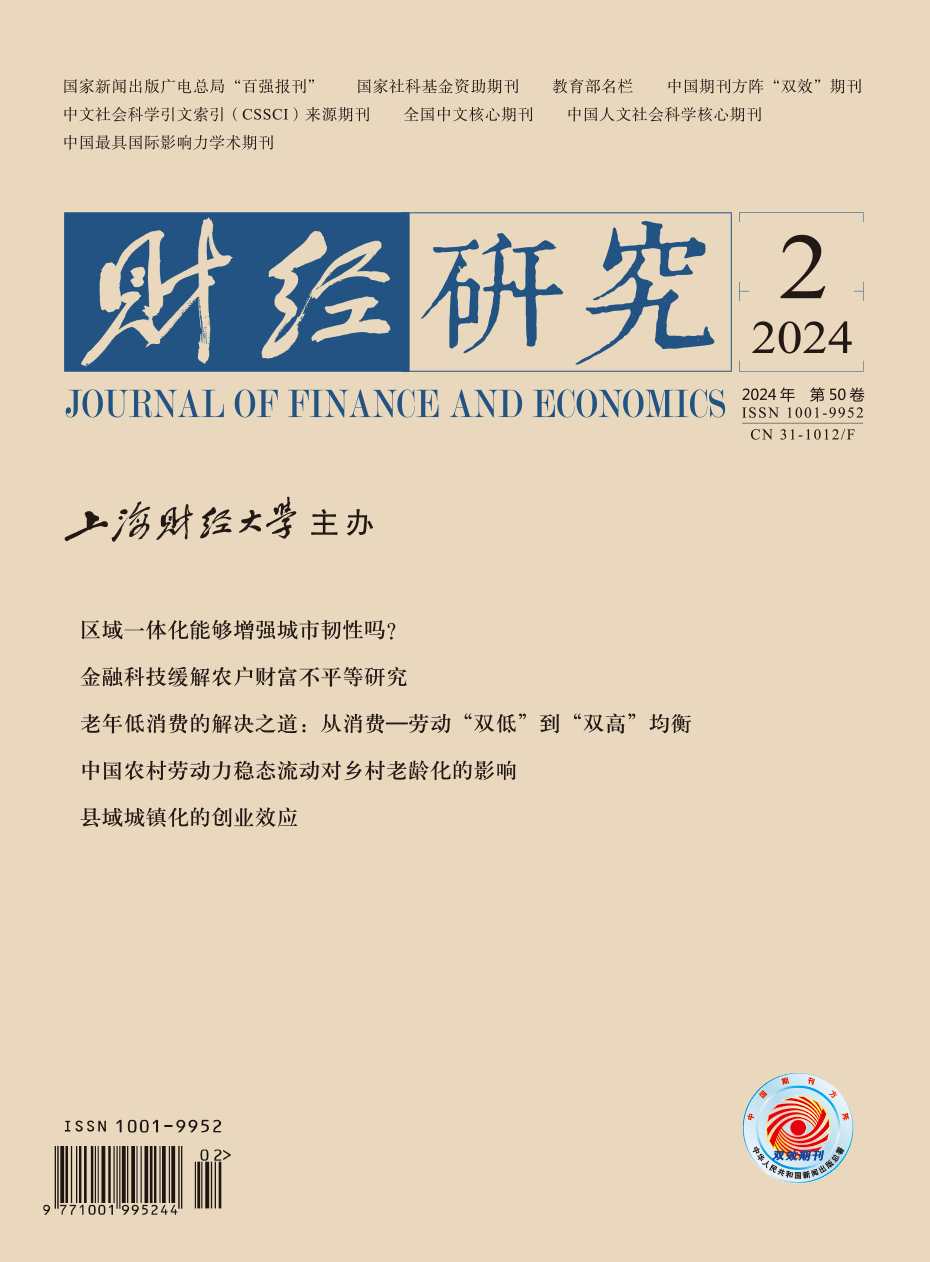As of the end of 2021, China’s urban population reached 910 million, with 250 million residing in county towns and county-level cities, accounting for nearly 30% of the nation’s urban population. With the ongoing development of county towns, the “14th Five-Year Plan” period is expected to witness an influx of more rural migrant populations converging towards county towns, making in situ urbanization a focal point of policy attention.
County-to-city upgrading seeks to elevate the development quality of county towns. This paper investigates the impact of county-to-city upgrading on local enterprises’ entry. The results indicate that the establishment of new cities spurs the entry of new enterprises, with a positive entrepreneurial effect observed in 15 out of 18 major industry categories. Notably, there is a significant 52.22% increase in locally registered wholesale and retail enterprises after county-to-city upgrading. Moreover, over 35 new enterprises are added annually in industries such as agriculture, forestry, animal husbandry, fisheries, transportation, warehousing, and postal services. From the standpoint of government fiscal expenditure, the average total local fiscal expenditure increases by 9.6% annually after the policy. Further analysis reveals that the improvement in local educational resources and hospital bed numbers (ranging from 9% to 10%) outpaces the rate of population concentration (ranging from 2.7% to 7.5%), indicating that municipal governments can expedite population concentration by offering quality public services and thereby stimulate entrepreneurial activities.
The possible contributions of this paper are as follows: First, existing literature primarily examines the policy effect of county-to-city mergers in peripheral areas of cities from the perspectives of urban expansion and labor market integration, while this paper provides empirical evidence from a micro-level perspective regarding the effect of county-to-city upgrading under the new urbanization framework. Second, using the county-to-city upgrading, a government-driven urbanization initiative, as a natural experiment, this paper enriches the entrepreneurship research from a spatial perspective and offers new explanatory mechanisms for regional entrepreneurship.





 2655
2655  2425
2425

